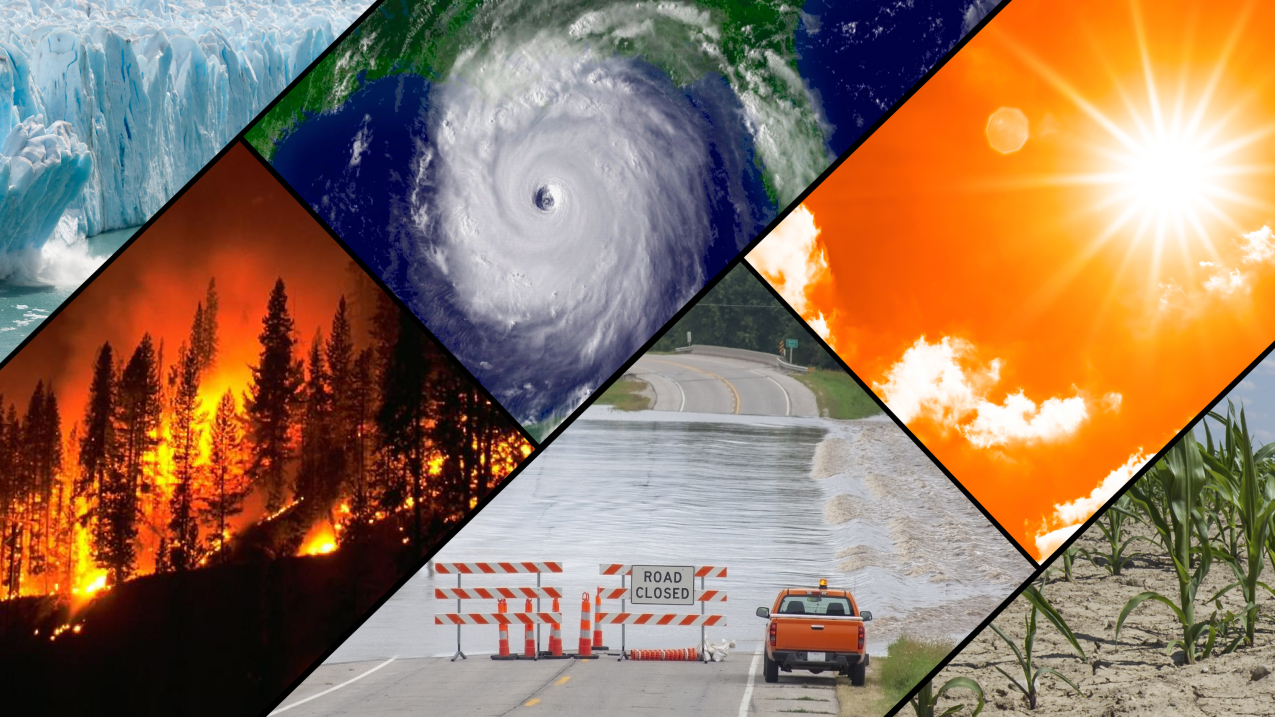
What is Climate change?
According to the UN, "Climate change refers to long-term shifts in temperatures and weather patterns. These shifts may be natural, such as through variations in the solar cycle. But since the 1800s, human activities have been the main driver of climate change, primarily due to burning fossil fuels like coal, oil and gas."
Long-term changes in temperature and weather are referred to as climate change. Climate change is the subject of how weather patterns change over decades or longer. Climate change takes place due to natural and human influences. Since the Industrial Revolution, humans have contributed to climate change through the emissions of GHGs and aerosols, and through changes in land use, resulting in a rise in global temperatures. Increases in global temperatures may have different impacts, such as an increase in storms, floods, droughts, and sea levels, and the decline of ice sheets, sea ice, and glaciers.
(Klingelhöfer et al., 2020) explained that Climate change is one of the biggest challenges of mankind. Human activities, especially the combustion of fossil fuels, contribute to the increase of greenhouse gases in the atmosphere and thus to the pace of climate change. The effects of climate change are already being felt, and the resulting damage will most likely be enormous worldwide.
What are extreme weather events?
01. Drought
A period of abnormally dry weather sufficiently prolonged for the lack of water to cause a serious hydrologic imbalance in the affected area.
Droughts are caused by,
- Low precipitation over an extended period of time.
- Atmospheric conditions; Climate changes, Ocean temperatures, Changes in the jet stream, and Changes in the local landscape.
01. Meteorological droughts - When dry weather patterns dominate an area.
02. Hydrological droughts - When low water supply becomes evident in the water system
03. Agricultural Drought - When crops become affected by drought.
04. Socioeconomic Drought - When the supply and demand of various commodities are affected by drought.
05. Ecological Drought - When natural ecosystems are affected by drought.
Impact
of droughts; Drought can lead to a wide range of environmental, social, and
economic impacts.
|
Agriculture
|
Drought can reduce the water
availability and quality necessary for productive farms, ranches, and grazing
lands. It can also contribute to insect outbreaks, increases in a wildfire, and
altered rates of carbon, nutrient, and water cycling impacting agricultural
production and critical ecosystem services.
|
|
Transportation
|
Drought impacts port and
waterway transportation and supply chains, resulting in increased
transportation costs. Higher temperatures that coexist with drought can
impact roads, airport runways, and rail lines.
|
|
Water Quality
|
During drought, decreased
water levels, warmer temperatures, and soil runoff can lead to algal growth,
lower dissolved oxygen levels, and increased turbidity, posing health risks
for human and aquatic life.
|
|
Wildfire
|
Drought can be a
contributing factor to wildfire. Dry, hot, and windy weather combined with
dried-out (and more flammable) vegetation can increase the probability of
large-scale wildfires.
|
|
Public Health
|
Drought can cause
significant human health outcomes, including decreased water quantity and
quality, increased incidence of illness and disease, adverse mental
health outcomes as livelihoods are challenged, and overall, increased
mortality rates.
|
|
Ecosystems
|
Drought can alter or degrade
critical functions of healthy ecosystems, including reduced plant growth,
reduction or extinction of local species, and landscape-level transitions.
|
02. Extreme heat
Extreme heat is any period when the temperatures are well above the usual level. Because this level is relative to the area, this means that extreme heat events may occur anywhere in Placer County, even though temperatures in the valley regions will almost always be the hottest. Extreme heat conditions can also compound the effects of other hazards, such as drought and wildfire, and can contribute to increases in tree mortality. Extreme heat can also affect agriculture in Placer County. During times of high heat, low humidity, and winds, electrical utilities can issue a Public Safety Power Shutdown (PSPS) for the County.
Extreme heat events are dangerous because people exposed to extreme heat can suffer several heat-related illnesses, including heat cramps, heat exhaustion, and heat stroke. Very high temperatures can harm plants and animals that are not well adapted to them wild ecosystems as well as farm crops and livestock. Extreme heat can increase the temperature of water in lakes, streams, creeks, and other water bodies, extreme heat puts more stress on power lines, causing them to run less efficiently. The heat also causes more demand for electricity, and in combination with the stress on the power lines, may lead to brownouts and blackouts.
Health risks;
Extreme Heat often results in the highest number of annual deaths among all weather-related hazards. In most of the United States, extreme heat is defined as a long period of high heat and humidity with temperatures above 90 degrees. In extreme heat, evaporation is slowed and the body must work extra hard to maintain a normal temperature. This can lead to death by overworking the human body. Remember that:
- Extreme heat can occur quickly and without warning.
- Older adults, children, and sick or overweight individuals are at greater risk from extreme heat.
Humidity increases the feeling of heat as measured by a heat index.
03. Extreme Precipitation
Crop loss, soil erosion, and an increase in the risk of floods are all potential results of heavy precipitation, which can also result in injuries, drownings, and other flooding-related health issues.
What brings on precipitation in extremes?
High moisture content and an atmospheric disturbance (such as a winter storm, warm/cold front, or tropical cyclone) are traits that many significant rainfall events have in common. The more intense the rainfall is anticipated to be, the longer these circumstances last in the same location.
04. Earthquake
A fault line causes the Earth's crust to suddenly move, causing an earthquake. The epicenter is the place where an earthquake first occurs. The epicenter of an earthquake is frequently where shaking is at its strongest. Sudden movement along Earth's fault lines causes earthquakes. The motion releases "elastic strain" energy that has been accumulated in the form of seismic waves, which travel through the Earth and cause the earth to tremble.
05. Tropical Cyclone
A tropical cyclone is a rapidly rotating storm system characterized by a low-pressure center, a closed low-level atmospheric circulation, strong winds, and a spiral arrangement of thunderstorms that produce heavy rain and squalls. It is known by a variety of names depending on its location and strength, including a hurricane, typhoon, tropical storm, cyclonic storm, tropical depression, or simply cyclone. Tropical cyclones include several different hazards that can individually cause significant impacts on life and property, such as storm surges, flooding, extreme winds, tornadoes, and lighting.
Depending on the maximum sustained wind speed, tropical cyclones will be designated. A tropical depression is when the maximum sustained wind speed is less than 63 km/h. A tropical storm is when the maximum sustained wind speed is more than 63 km/h. It is then also given a name. Hurricanes, typhoons, tropical cyclones, or very severe cyclonic storms - depending on the basin - when the maximum sustained wind speed exceeds 116 km/h or 63 knots.
06. Wildfires
Wildfires are uncontrolled fires that burn in the wildland vegetation, often in rural areas. Wildfires can start with a natural occurrence; such as a lightning strike or a human-made spark. They are not limited to a specific continent or environment.
Wildfires can spread via vegetation that is both below and above the soil. Ground fires typically ignite in soil thick with organic matter that can feed the flames, like plant roots. Ground fires can smolder for a long time even an entire season until conditions are right for them to grow to a surface or crown fire. Surface fires, on the other hand, burn in dead or dry vegetation that is lying or growing just above the ground. Parched grass or fallen leaves often fuel surface fires. Crown fires burn in the leaves and canopies of trees and shrubs.
However, it is often the weather conditions that determine how much a wildfire grows. Wind, high temperatures, and little rainfall can all leave trees, shrubs, fallen leaves, and limbs dried out and primed to fuel a fire. Topography plays a big part too: flames burn uphill faster than they burn downhill.
What are the disasters that the world most recently faced?
01. Wildfires
Climate create warmer, drier conditions, leading to longer and more active fire seasons. Increases in temperatures and the thirst of the atmosphere due to human caused climate change have increased aridity of forest fuels during the fire season. South Korea, experienced a catastrophic wildfire on March 4, 2022. There were no reports of deaths, but homes and other buildings were damaged by this recent natural disaster in 2022. In the first months of 2022, extreme heat and drought caused widespread wildfires in Corrientes province, northeastern Argentina. More than 520,000 hectares have burned, killing countless animals and destroying crops and pastures. The fire, fueled by the dry conditions and strong winds, has burned an area greater than Los Angeles. This 2022 natural disaster destroyed hundreds of houses and other buildings.
02. Floods
A flood happens when water overflows or soaks land that is normally dry. The northeastern Brazilian states were hit by heavy rainfall over several days. It resulted in landslides and flooding, causing the worst natural disaster to hit the Pernambuco region. the Pacific Ocean was evolving into a La Niña climate pattern, bringing unprecedented rainfall and subsequent flooding to eastern Australia. Due to the 2022 natural disaster, around nine thousand people in Australia have been evacuated. Food costs, already high, are anticipated to rise dramatically due to the flooding of agricultural land. From June to August 2022, the monsoon season brought incessant rain to Pakistan's most populous province. More than 1.5 million people have been affected by the recent natural disaster, hundreds have been relocated and nearly 700 people have lost their lives so far. Countless houses have been washed away due to flash floods, landslides and landslides as a result of heavy rainfall. As many as 410,000 people could be affected by the August 2022 natural disaster – those living in or near areas flooded by the Indus River and its tributaries in Balochistan and Sindh, which contributed to 1,550 square kilometers of inundated land.
03. Volcanic Eruptions and Earthquakes
Both volcanoes and earthquakes occur due to movement of the Earth’s tectonic plates. They are both caused by the heat and energy releasing from the Earth’s core. Earthquakes can trigger volcanic eruptions through severe movement of tectonic plates. Similarly, volcanoes can trigger earthquakes through the movement of magma within a volcano. an earthquake measuring 6.5 magnitudes hit the Cianjur District and much of West Java Province indonesia.Some people were buried in buildings that collapsed or were carried away by a landslide. Thus, the rescue operations shifted to search and recovery only after a few days. 321 confirmed deaths, 595 serious injuries, and over 10,000 minor injuries due to the recent 2022 natural disaster. The government estimates that 73,874 individuals have been displaced from their homes and over 62,000 dwellings have sustained damage. An earthquake measuring 6.6 on the Richter scale, as reported by the US Geological Survey, struck China's Sichuan Province on Monday, September 5, 2022, at 12:52 p.m. (local time) The China Earthquake Network Center raised its initial report from 6.6M to 6.8, according to multiple news sources. More than a million people felt the tremors in surrounding areas, including the Garze Tibetan Autonomous Prefecture (Ganzi) and the provinces of Shaanxi and Guizhou, hundreds of miles from the epicenter. Aftershocks of varying intensity are occurring.
04. Cyclones and Tornadoes
A tornado is a twisted vortex of high-speed wind that is violent and twisted. A cyclone is defined by a low-pressure zone surrounded by high pressure. several severe storm systems had already impacted the southern United States before April, causing a series of natural disasters in March 2022. In March 2019, Cyclone Idai took the lives of more than 1000 people across Zimbabwe, Malawi and Mozambique in Southern Africa, and it devastated millions more who were left destitute without food or basic services.
05. Drought
Higher sea temperatures, linked to climate change, have doubled the likelihood of drought in the Horn of Africa region. Severe droughts in 2011, 2017 and 2019 have repeatedly wiped out crops and livestock. Droughts have left 15 million people in Ethiopia, Kenya and Somalia in need of aid, yet the aid effort is only 35 percent funded. People have been left without the means to put food on their table, and have been forced from their homes. Millions of people are facing acute food and water shortages.
Who are the vulnerable people?
In general, children and pregnant women, older adults, certain occupational groups, persons with disabilities, and persons with chronic medical conditions are more vulnerable to health stressors, such as extreme heat, floods, poor air quality, and other climate-related events. For example, children with underdeveloped immune systems may have increased sensitivity to airborne allergens. Individuals with outdoor occupations may be at greater risk of negative health consequences of extreme heat. Persons with asthma or chronic obstructive pulmonary disease may be more sensitive to air pollution. Older adults with limited mobility are less likely to adapt or physically respond to an extreme weather event.
Climate change could affect our society through impacts on a number of different social, cultural, and natural resources. For example, climate change could affect human health, infrastructure, and transportation systems, as well as energy, food, and water supplies.
Some groups of people will likely face greater challenges than others. Climate change may especially impact people who live in areas that are vulnerable to coastal storms, drought, and sea level rise or people who live in poverty, older adults, and immigrant communities. Similarly, some types of professions and industries may face considerable challenges from climate change. Professions that are closely linked to weather and climate, such as outdoor tourism, commerce, and agriculture, will likely be especially affected. Climate change will affect certain groups more than others, particularly groups located in vulnerable areas and the poor, young, old, or sick. Cities are uniquely sensitive to many impacts, especially extreme weather impacts. Climate change may threaten people's jobs and livelihoods.
|
Vulnerable Population
|
Vulnerability
|
Climate Effects
|
Health Threats
|
|
Children
|
- Breathe more air and drink more water per
body weight than adults
- Developing organs and low immunity
- Dependent on adults
- More time spent outdoors
|
- Air pollution
- Extreme heat
- Flooding and water contamination
- Food insecurity
- Drought
|
- Asthma and allergies
- Neurological disorders
- Heat-related illness
- Dehydration
- Diarrheal illness
- Drowning and injuries
- Psychological stress/imbalance
- Increased vector-borne diseases (e.g. Zika,
West Nile Virus, Lyme disease)
- Malnutrition
|
|
Older Adults
|
- Low immunity
- Pre-existing conditions
- Limited mobility
|
- Extreme heat
- Air pollution
- Flooding
|
- Heat-related illness
- Dehydration
- Heart disease
- Psychological stress
- Falls
|
|
Communities of Color
|
- Structural racism
- Inadequate infrastructure
- Health disparities
- Lack of social capital
- Language barrier
|
- Flooding
- Physical damage to communities
|
- Psychological stress/imbalance
- Increased heart and lung complications
|
|
Low-Income Communities
|
- Less resources and means to evacuate
- Inadequate infrastructure
|
- Flooding
- Physical damage to communities
- Food insecurity
|
- Psychological distress/imbalance
- Physical displacements
- Malnutrition
|
Other groups that are particularly vulnerable to the health effects of climate change include: pregnant women, immigrant groups (including those with limited English proficiency), indigenous peoples, the disabled, vulnerable occupational groups, such as workers who are exposed to extreme weather, and people with pre-existing or chronic medical conditions.
What are the mitigation strategies?
Mitigating climate change is mainly about heducing the release of green house gas emission that are warming our planet .The main green house gasses whose concentrations are rising are Carbon dioxide ,Methane ,Nitrous oxide ,Hydro chloro fluoro carbons,Hydrofluorocarbon and Ozone in the lower atmosphere .About 1.4Billion people around the world rely on traditional fuels like cool and wood to meet their basic energy need it is very harmful to the environment .By 2035 Global energy demand is projected to grow by more than 50% and even faster in developing countries. All these new consumers need clean energy that will not hurt them or the environment .In response to that we can use renewable energy sources include solar energy geotherminol energy ,wind turbines, ocean wave and tidal energy waste and Boimass energy ,nuclear energy and hydro power energy .That renewable energy source are not release green house gasses in to the atmosphere as they generate electricity power. Most of the ways we have to get form one place to place currently rely on fossil fuels .Gasoline for vehicles and jet fuel for planes burning fossil fuel for transportation odds up to 14% of global green house gases emission by shifting to alternative technologies that either don't need gasoline like foot bicycles electric cars such as hybrid cars . To suppress this further can be done replanting forests and restoring damaged ecosystems. Diversifying crops so that they are better able to adapt to changing climates . Investigating and developing innovative solutions to prevent and manage natural catstophes. All over the world many measures are being taken to mitigate. Climate change by countries trying to live upto their commitments under the convention . The kyoto protocol and paris agreement
In the context of climate change, we are facing two major challenges; one of them is meeting global food demand and another is minimizing the emission of GHGs from the agricultural sector. Smart agriculture practices (SAPs) help in achieving both challenging tasks without any disturbance to the environmental system, as it is the main component of climate change mitigation strategies. Smart agricultural practices include eco-friendly practices that control the rate of land degradation and soil fertility loss due to drought, salinity, waterlogging, and soil erosion. Thus, we observed that agriculture sector plays a critical role in GHGs mitigation by lowering the 10% of N2O emission, 42% by carbon offset through biofuel production, 32% by absorbing CO2 emission, and 15% by reducing methane emission under climate change strategies (IPCC, 2007a,b; Arif et al., 2020). Dora (2018) proposed five vital methods to mitigate the impact of climate change on agricultural system that the Indian government should consider:
Smart irrigation system (SIS): Less than 50% of agricultural land in India is irrigated land, due to increasing water scarcity and depleting groundwater resources. Several states of India, such as Karnataka, Maharashtra, Madhya Pradesh, Rajasthan, Chhattisgarh, and Jharkhand, have extremely poor water irrigation access due to vulnerable climate change. Therefore, effective water management and SIS such as drip or sprinklers method should be incorporated and allocated across state of India facing water scarcity problem.
Reduce postharvest loss: Postharvest loss of major agriculture produced is estimated to be US$13 billion. Only 2.2% of vegetables and fruits are consumed in India, and rest are prepared to export; thus, chances of wastage increased. In comparison with India, the United States and China have their own storage and processing facility of vegetables and fruits. Due to lack of centralized large-scale processing and preservation technology, India has faced a big postharvest loss of agriculture products under vulnerable climate change. So there is an overwhelming need to develop advanced technology for local processing, smart packing, and transport facilities to reduce the postharvest loss.
Environmental data-driven supply chain management: The agricultural supply chain may be improving by using environmental data generated through new technologies such as sensors, GPS, and satellite imaging. The application of these new technologies can help in collection of significant and meaningful data that make more resilient to Indian agriculture system.
.
Farmer-centric crop insurance: To the protection loss of agricultural production by uncertainty in climate change, an effective crop insurance package is required. Several crop insurance programs are already paying for the loss, but compensation amount is very little as compared with the actual loss. Therefore, the crop insurance package needs to overhaul, so that poor or small agriculture landholder farmers can be protected by long-term insurance cover and low premium.
Evidence-based research: The agricultural research (breeding, production technology development, resource management innovation, etc.) plays a vital role in increasing yield and also increases the resilience to the climate change problems (such as extreme heat and precipitation, pest, and crop disease). The economically important crops such as pulses and soybean are more vulnerable to climate change. So that advanced agriculture research will directly improve efficiency and boost crop yields along with minimizing the impact of climate change on farming systems.


IPCC Blog- Group number 01
Group members
- B.M.Janith Sandaruwan Rajakaruna - UWU/AQT/21/002
- Gammaddegoda Liyanage Kavindi Punsara Yasarathna - UWU/AQT/21/003
- Kompagngnage Yasiru Pawara Wijewardhana - UWU/AQT/21/004
- Neelawalage Sakuni Pinsarini Jayasinghe - UWU/AQT/21/011
- Hewa Alankarage Isuri Saubhagya - UWU/AQT/21/012
- E.H.G.Naduni Rayodhya Gunathilaka - UWU/AQT/21/015
- Wanni Arachchige Malsha Panchali - UWU/AQT/21/017
- Shehara Hayath Adjie - UWU/AQT/21/019
- Weerasinghe Arachchilage Lakshika Ashani Weerasinghe - UWU/AQT/21/020
- Yapa Mudiyanselage Sewmini Samadhi Bandara - UWU/AQT/21/021
- Kukabalan Piratheepan - UWU/AQT/21/025
- Dharmapalalage Jayani Ridmika Dharamapala - UWU/AQT/21/026
- Herath Mudiyanselage Poorni Shashipaba - UWU/AQT/21/031
- Ranathunga Arachchillage Hashini Isanka Ranathunga - UWU/AQT/21/032





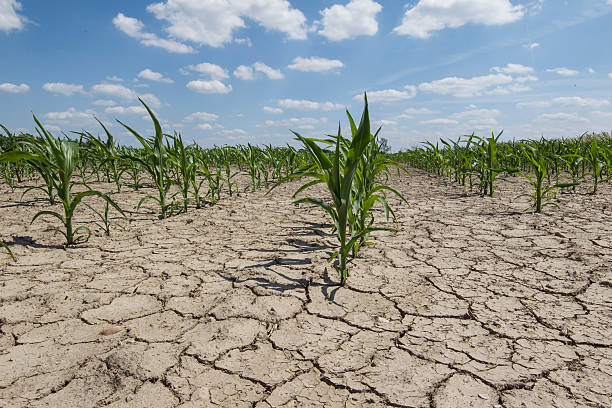

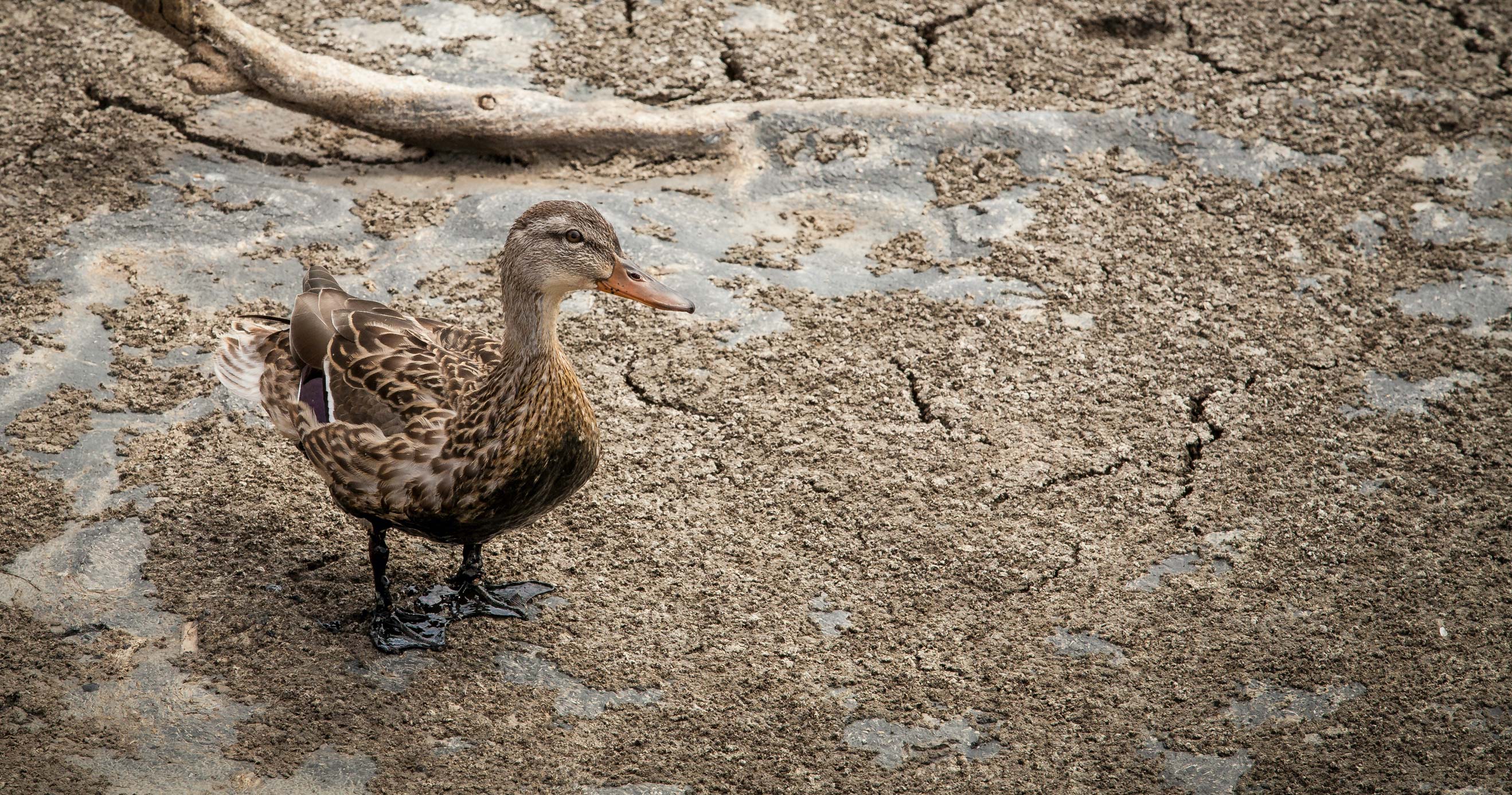

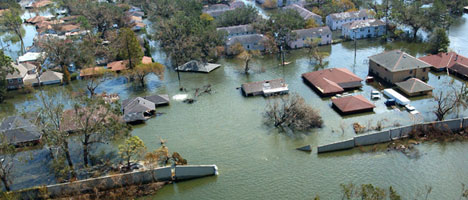
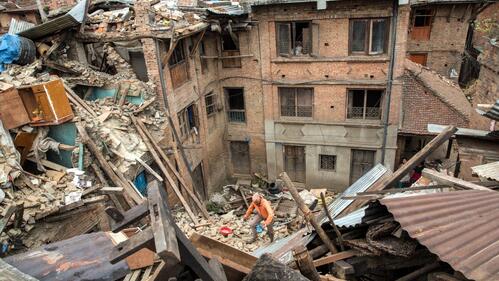






Good work
ReplyDeleteThank you madam
Delete